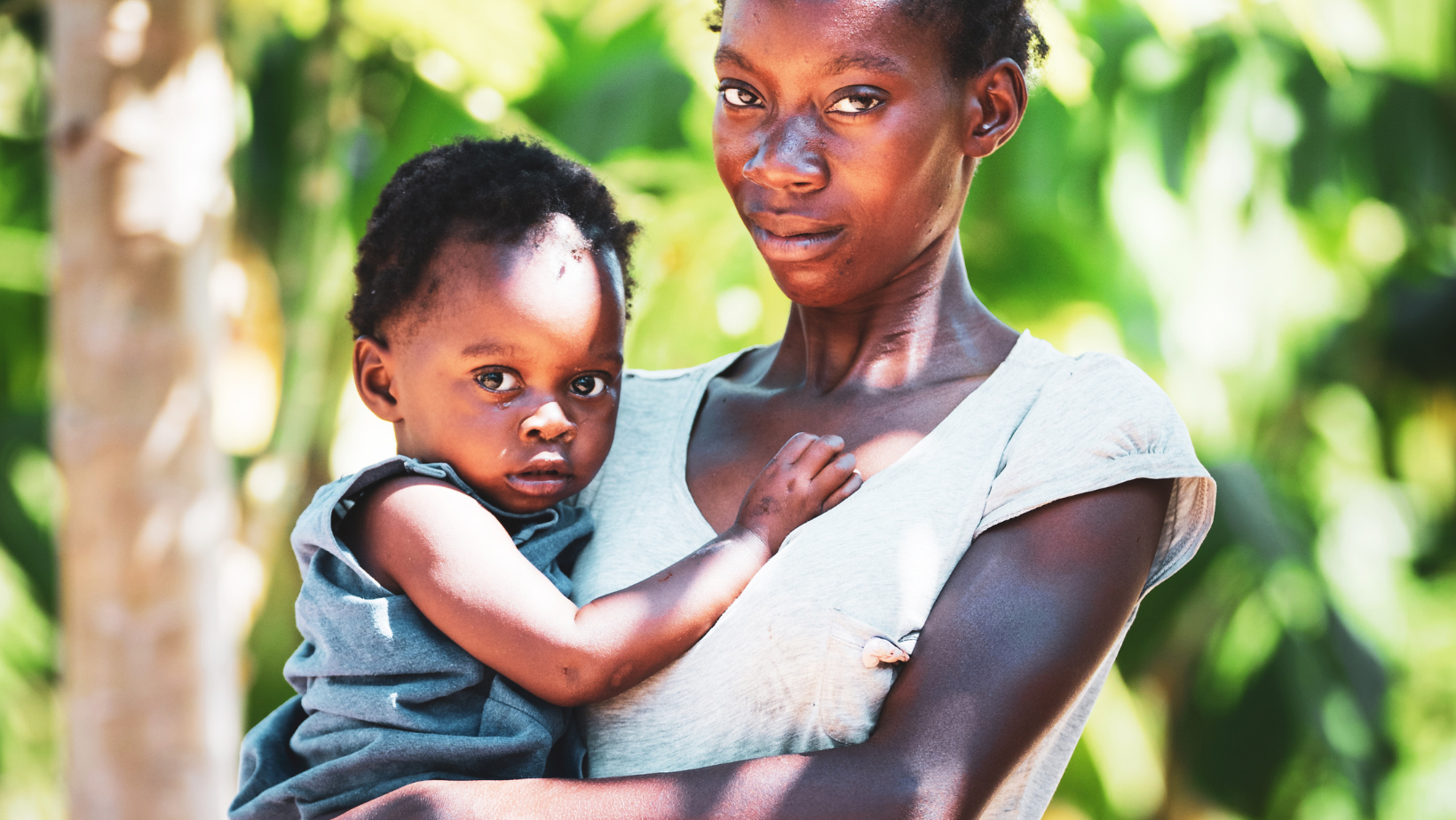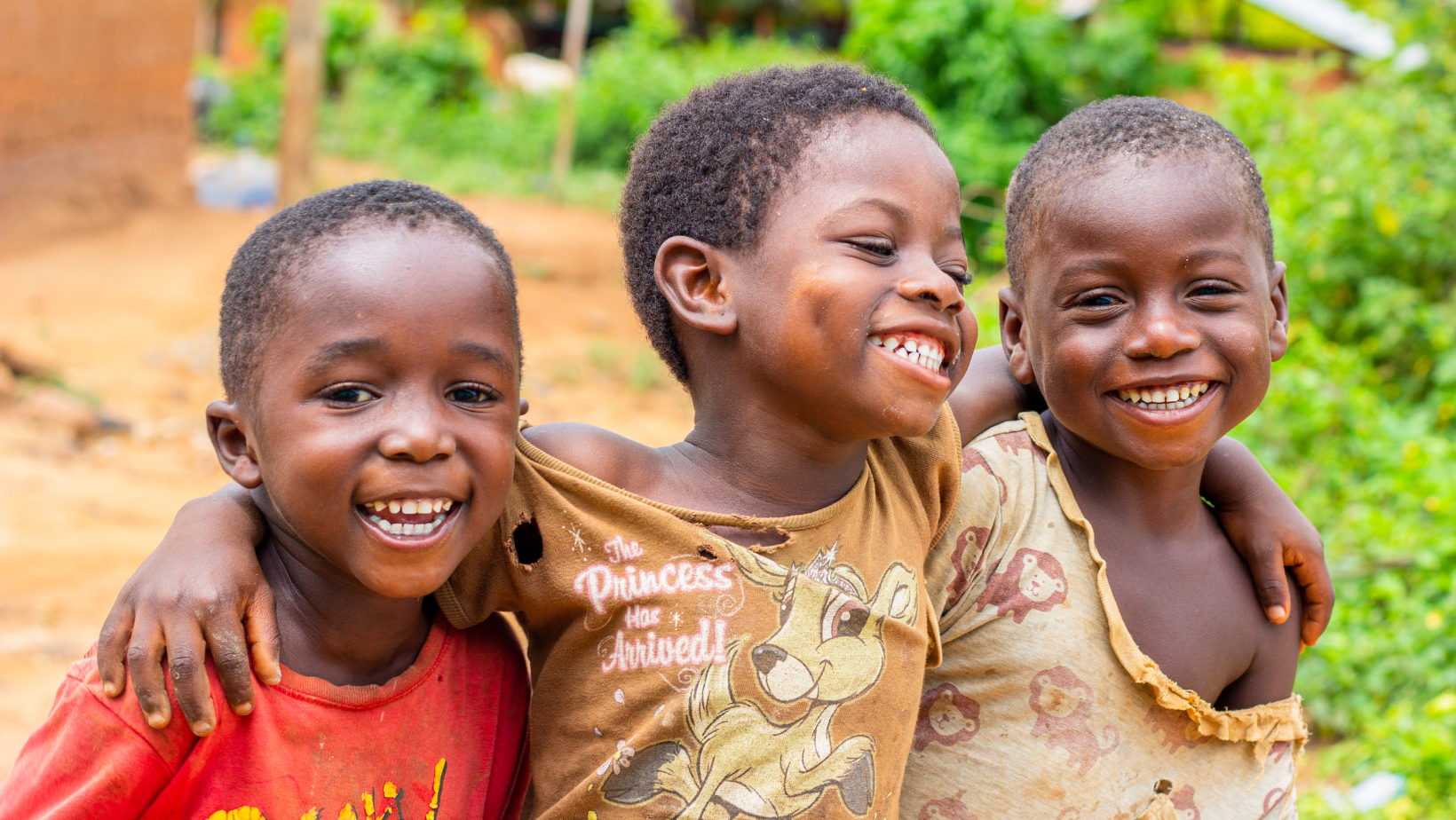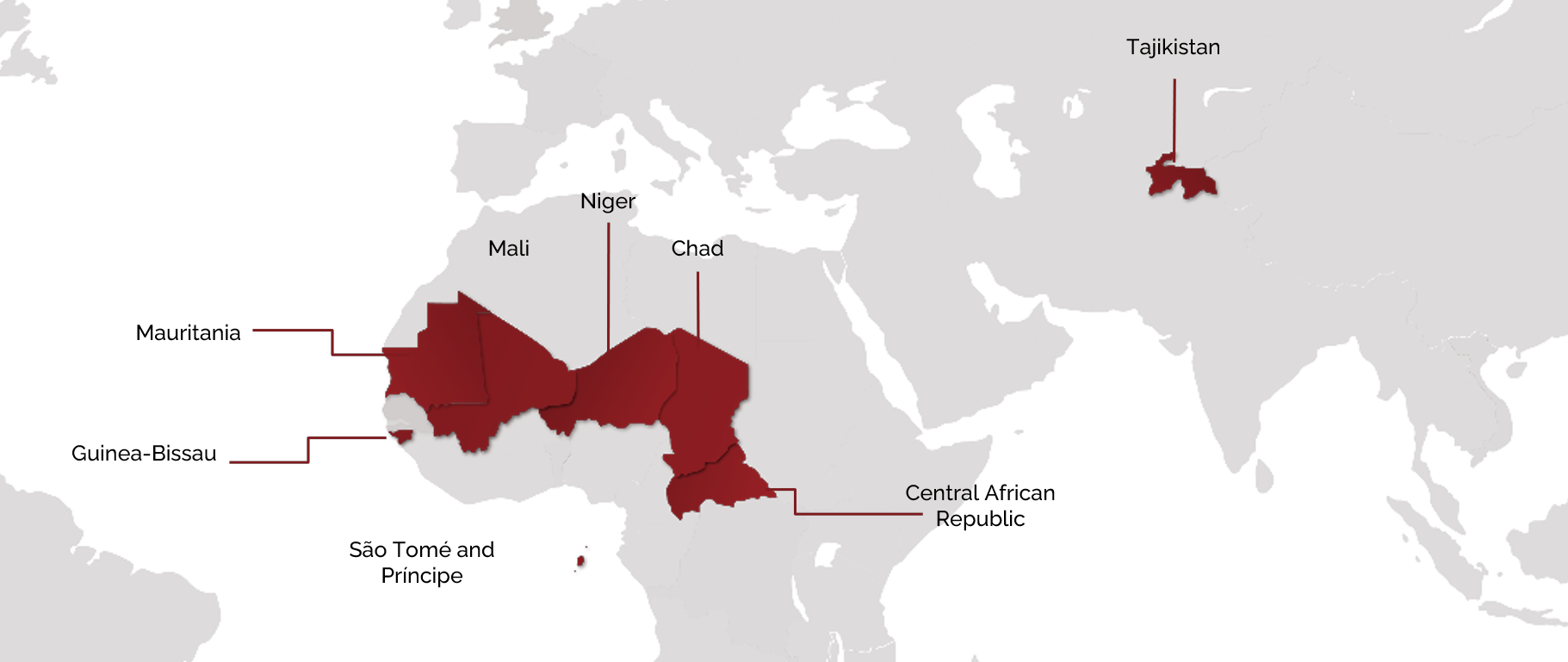
According to the Gavi 5.0 strategy, reaching zero-dose children, under-immunised children, and missed communities is one of the most critical priorities to achieve equity goal.[1] The low vaccination coverage and the high number of zero-dose children are still widespread in Low and Middle-income countries. GaneshAID expects to contribute its effort to reducing zero-dose children worldwide.
Who are Zero-dose Children? Where are Zero-dose Children?
Vaccination is an essential and effective preventive measure to protect people, especially children, from infectious agents. Since then, vaccines have helped improve individual immunity while creating stable herd immunity. However, achieving universal vaccine coverage is still challenging. In fragile, conflict-affected countries, some populations – often the poorest, most marginalised, and most vulnerable – have poor access to immunisation services.
According to the Immunization Agenda 2030 (IA 2030), 20 million infants do not receive a full course of even basic vaccines each year, and many more miss out on newer vaccines. Of these, over 13 million receive no vaccines through immunisation programmes – the “zero-dose” children [2]. Gavi, the Vaccine Alliance defines Zero-dose children are those that have not received any routine vaccine.[3]

COVID-19 has greatly impacted the continuity of the immunisation service delivery to zero-dose children. COVID-19-related disruptions have resulted in a nearly 30% increase in zero-dose children in Gavi-supported countries in 2020, thus posing a risk of higher child mortality rate, vaccine-preventable disease outbreaks, and medical impoverishment. Hence, the challenge of reaching and fully immunising zero-dose children is urgent.[4] Despite only accounting for 13% of the birth cohort in Gavi countries, zero-dose children comprise nearly 50% of child deaths caused by vaccine-preventable diseases. Communities with zero-dose children also have a significant number of under-immunised children: data shows a high degree of overlap between subnational areas with high numbers of zero-dose and high numbers of under-immunised children.
IRMMA: an analytic framework to reduce Zero-dose children
With its vision of “leaving no one behind when it comes to immunisation”, Gavi recommends an analytic framework to reach Zero-dose children and missed communities: the IRMMA – Identify, Reach, Monitor, Measure, Advocate (IRMMA) – supports identifying challenges and potential interventions during Gavi’s country investment dialogue. As described further in Gavi’s Zero-Dose Funding Guidelines, and illustrated below, the Alliance is proposing the IRMMA framework for countries to design tailored programmes to reach zero-dose children and missed communities, against which Gavi support can be programmed.

To meet the needs of each country’s context, the approach needs to be locally adapted and tailored, depending on the number and location of zero-dose children, the underlying barriers to immunisation, security conditions, and health system strength.
GaneshAID’s support to identify and reach zero-dose children
GaneshAID has been involved in several projects that help improve immunisation equity in LMICs. We provide comprehensive technical assistance to reduce the number and percentage of zero-dose, under-immunised children and missed communities. With various in-country experts in the field of health and immunisation, we facilitate collaborative intelligence, communications, and partner engagement for identifying and reaching zero-dose community. Since 2022, GaneshAID has been facilitating the process to develop the Equity Accelerator Funding (EAF) applications and the Full Portfolio Planning in 8 countries.

With extensive expertise in the health and vaccination fields, GaneshAID will always be a proactive and trustworthy partner of nations, partners, and donors to reduce zero-dose children, missed communities, and immunisation equity beyond.
What do you think would be the best strategy to support reaching zero-dose children? Please feel free to share your ideas in the comment section!
[1] Reaching Zero-dose Children
[2] Immunization Agenda 2030 (IA 2030)
